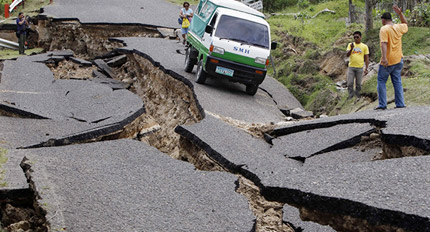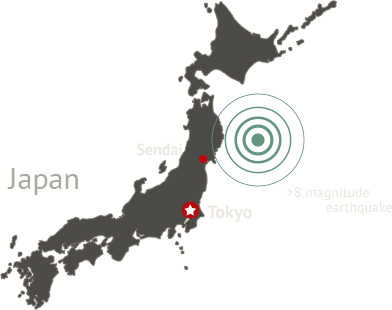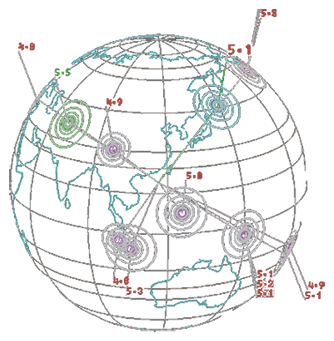
history
The first days of 2011 began with a series of strong earthquakes:
January 1st with a magnitude of 7.0 in the province of Santiago del Estero in Chile, January 2nd with a magnitude of 7.1, and on 10th January with a magnitude of 6.0 off the coast of central Chile, January 12th with a magnitude of 6.5 not far from the Japanese Bonin Islands, and on January 18th with a magnitude of 7.2 in Pakistan.
Meanwhile, the catastrophic earthquake in Japan with a magnitude of 8.9 and the subsequent tsunami became an indicator of a new phase of global seismic activity that shocked the world forced. The earthquake showed that mankind appears to be weak and unprepared for natural disasters.


